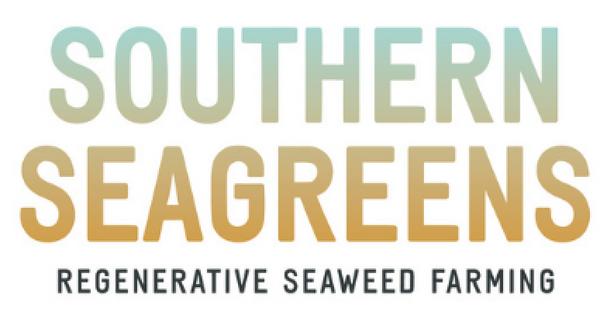FAQ

How can I get my hands on your sea vegetables? We're a labour-intensive, small-scale outfit focused on producing the highest quality kelp products possible so you won’t find us everywhere. If you're a restaurant or other commercial enterprise you can you can also call us 0431 926 286 or contact us here. For home consumers we ship direct (within Australia) via our online store or you can visit one of our friendly retail outlets here on the Mornington Peninsula including Torello (Dromana), Flinders General Store, Blairgowrie IGA, Traders at The Merricks General Store and the Somers General. In Melbourne we have Leaf Stores (Elwood, Armadale, Hawthorn), Ripe Organic Grocer at Prahran Market and CERES Fair Food Online Groceries also carrying our gear. If you're in the hood you can drop into our HQ at 28 Collins Rd, Dromana. We're normally around between 8am - 3pm.
What’s regenerative about what you’re doing? As kelp grows, it does some impressive and slightly radical things. Because of human-driven increased levels of carbon dioxide in the atmosphere, there is more CO2 dissolving into the ocean which causes ocean acidification. This is a problem as a great array of marine life depends on the ocean having suitable pH for survival. Kelp has the ability to mop up large volumes of carbon (and nitrogen) – in fact around 5 x the volume of carbon that a tree or other land-based plant can, and this helps to deacidify the ocean. We also dive for Wakame which, in Australia, is an introduced and invasive species. Removing Wakame aids the regeneration of native kelp species like Ecklonia radiata (aka Golden kelp). It’s been having particularly hard times lately with rising sea temperatures and the proliferation of invasive sea urchins. It's a bonus that Wakame is a great tasting seaweed and full of health benefits for humans.
Is kelp good for us? Kelp is one of nature’s most nutrient-rich foods, packed with vitamins, minerals, and antioxidants that support overall health. As a natural source of iodine, kelp helps regulate thyroid function, which is essential for maintaining energy levels, metabolism, and hormonal balance. It also provides key nutrients like calcium, iron, magnesium, and vitamin K, supporting strong bones, healthy blood circulation, and muscle function.
Beyond its mineral content, kelp is rich in antioxidants such as fucoxanthin, which may help reduce inflammation and support healthy weight management. Its fiber content also promotes good digestion and gut health, while contributing to steady blood sugar levels. Including kelp in your diet is a simple way to add a natural boost of nourishment, making it both a delicious and functional superfood.
How should I use your seaweed? Seaweed can be consumed in such a diverse range of dishes it really is only limited by your imagination. We have a recipes page which can be a good diving off platform but there are heaps of great recipes and ideas on the web generally. If you do something great with our kelp can you let us know? We’re always excited to hear how folks are incorporating seaweed into everyday cooking.
But I thought growing seaweed was all about reducing cow farts. There are some well-resourced organisations in Tas and SA growing Asparagopsis (a red seaweed) and incorporating it into stock feed to reduce methane production in cows. This could have some impressive impacts on reducing agricultural emissions. Fingers crossed this is adopted at scale.
Why do you dry your kelp before packaging? Fresh kelp has a very limited shelf life so drying it gives it a stable and safe shelf life of multiple years (so long as you keep it cool and in an airtight container). We dry our kelp down to a water activity reading of less than 0.6 - a level at which no microorganism can exist. The other benefit of drying kelp is that it drastically reduces the kelp’s bulk and weight which means lower emissions when shipping. Then you can rehydrate it (if desired) very easily with fresh water in a few minutes. It’s also worth noting that we choose to air dry our kelp at around 30 degrees c. Doing so ensures the maximum nutritional value and flavour profile of the plant is preserved.
Do you need a licence to do what you do? Yes, we hold permits with Vic Fisheries to both dive for Wakame and also farm native kelp on our sea farm at Flinders. We also hold registration as a food premises with the MP Shire.
I’m keen to get in on this industry, where do I start? Brilliant. We hope there will be a thriving seaweed industry in Australia in the coming years, but it’s very early days and the regulatory framework to support an emerging seaweed farming industry in Victoria is still in the process of being established. We're still figuring things out as we go, but on the topics of nursery, farm design and farming operations we got started by connecting with an excellent, free web-based resource called Greenwave (US). It contains a wealth of geeky, seaweed farming information from a more developed industry than we have out here right now.
